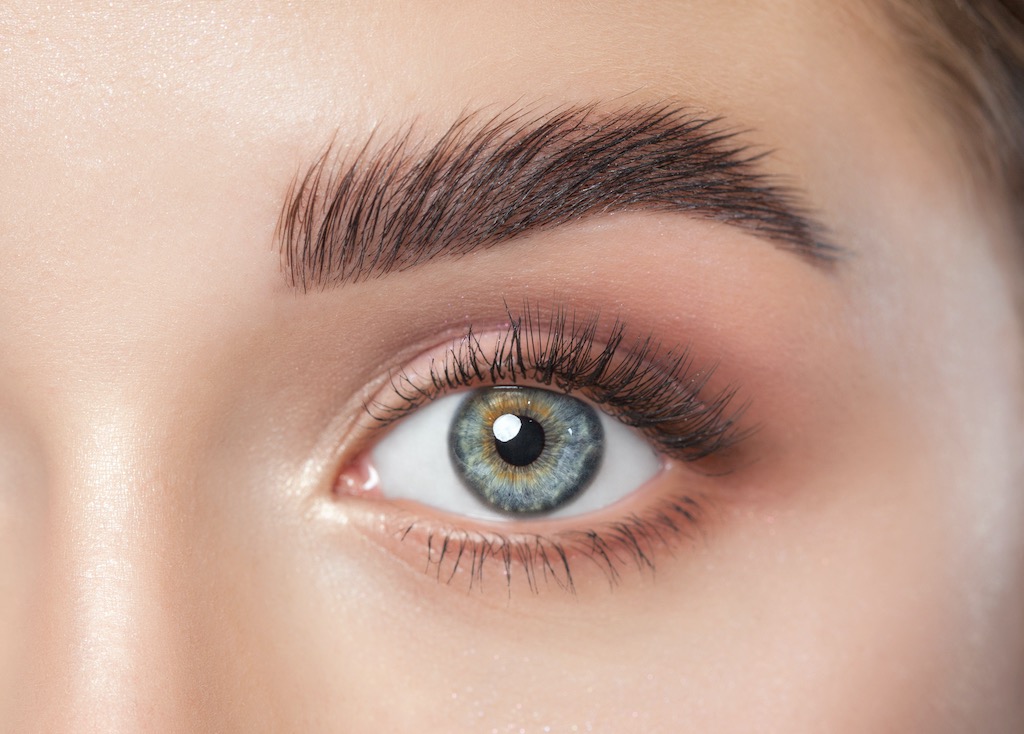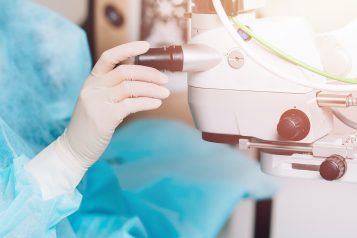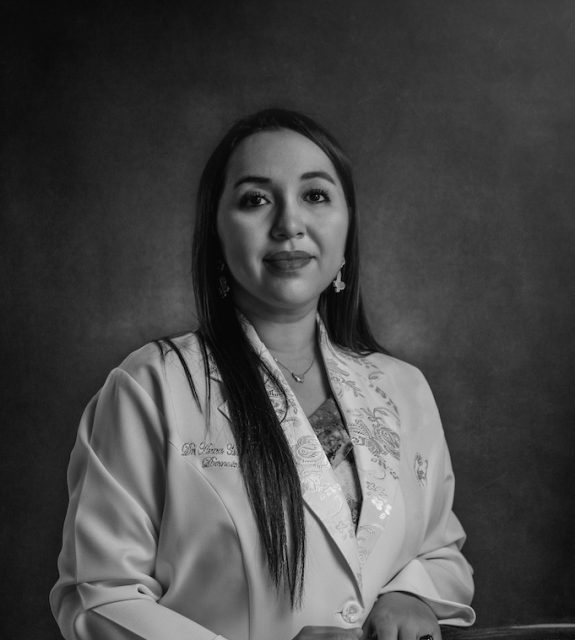Nationally renowned board-certified plastic surgeon, Dr. Jose Rodríguez-Feliz serves local and international clients at his boutique aesthetic practice in Miami, FL. He is one of few surgeons in the United States that after completing his Residency in Plastic and Reconstructive Surgery, pursued further training in Oculoplastic and Aesthetic Surgery under world-renowned plastic surgeon Dr. Mark Codner. This gave him the opportunity of nurturing his passion for form and beauty as well as to earn a specialization in aesthetic eyelid surgery (blepharoplasty), complex/revision eyelid surgery, correction of droopy eyelids (ptosis surgery), facial plastic surgery (e.g. face/neck lifts, nose surgery, ear surgery), non-surgical facial rejuvenation (e.g. Botox/Dysport, dermal fillers), and aesthetic breast surgery (e.g. endoscopic breast augmentation). Haute Beauty chats with Dr. Jose Rodriguez-Feliz to learn more about an eyebrow transplant.

HB: What is eyebrow transplantation?
Eyebrow transplantation is an office-based procedure that aims to enhance the shape and fullness of the brows. In severe cases, we can fully restore an absent brow using the patient’s own hair. The procedure is done by harvesting (removing) hair follicles from the back of the head (the scalp) and then inserting them into the brow area.
HB: How does an eyebrow transplant work?
This is an office-based minimally invasive procedure done under local anesthesia. Oral sedatives are used in patients that are more anxious. The first step is to harvest follicles. A follicle is referred to as the conglomerate of cells that produce the hairs. This is what is transplanted along with the hair itself. This part of the procedure is done with the patient laying on their stomach while they listen to their own music on their ear pods. The second stage includes the design of the brow and the insertion of the transplanted follicles. This part is done with the patient sitting on their back. The design in female brows is done to include a lateral brow (closer to the ear) that is more elevated than the medial brow (closer to the nose), ensuring there is a peak. For male patients, the design is done with a thicker brow and there is usually no elevation of the lateral brow.
HB: Who is the best candidate for an eyebrow transplant?
The ideal candidates can be grouped as followed:
1) Those with thin brows from overplucking
2) Previous cosmetic tattooing
3) Absence of the tail of the brow
4) Good shape and thickness, but decreased fullness (density)
Eyebrow transplantation is commonly done in conjunction with microblading. While transplanting your own hair will restore a more natural-looking brow, some patients can enhance the results by using microblading or microshading techniques to fill in any minimal spacing.
HB: How does this treatment compare to others of the same nature?
Eyebrow transplantation will restore a more natural brow with real hair. This is different from other commonly used techniques such as microblading were the illusion of hairs is created with skin pigment. Both works great if the ideal patient is selected and many benefit from both procedures. For example, an eyebrow can be restored with real hair in someone with no brow at all, and microblading can be used to enhance the outcome 6 months after.
HB: What does recovery look like?
The downtime for this procedure is 3-5 days. There is minimal swelling or bruising. If present, it is mainly on the upper lid area and will resolve with ice and cold compresses within 3 days from the procedure. The most important aspect is the post-op care. The newly transplanted hairs cannot be touched for 5-7 days. We do not want the direction of the hairs to be altered as this is very important for the growth pattern and shape of the new eyebrow. The brow hairs are trimmed 2-3 times a month and we usually recommend a brow gel for daily use to keep the hairs growing in the correct direction until they are re-trained.
The transplanted hair may fall at around 5 weeks after the procedure, but the follicle remains in place. It takes between 3-4 months to start seeing the growth of the new hairs, and the results are evident around 6-9 months. The results are permanent.
For more information, visit Dr. Jose Rodríguez-Feliz's social media:
























